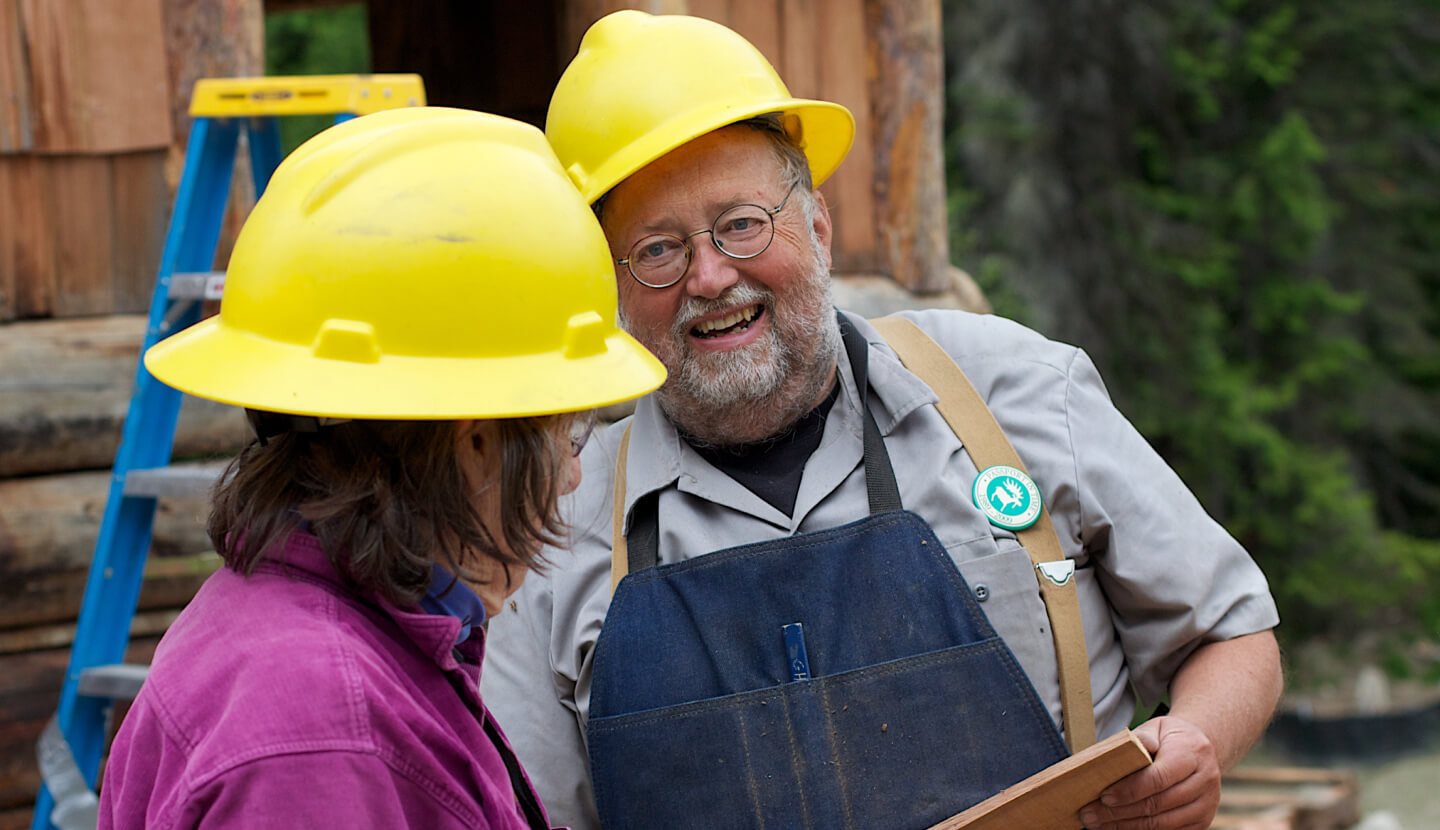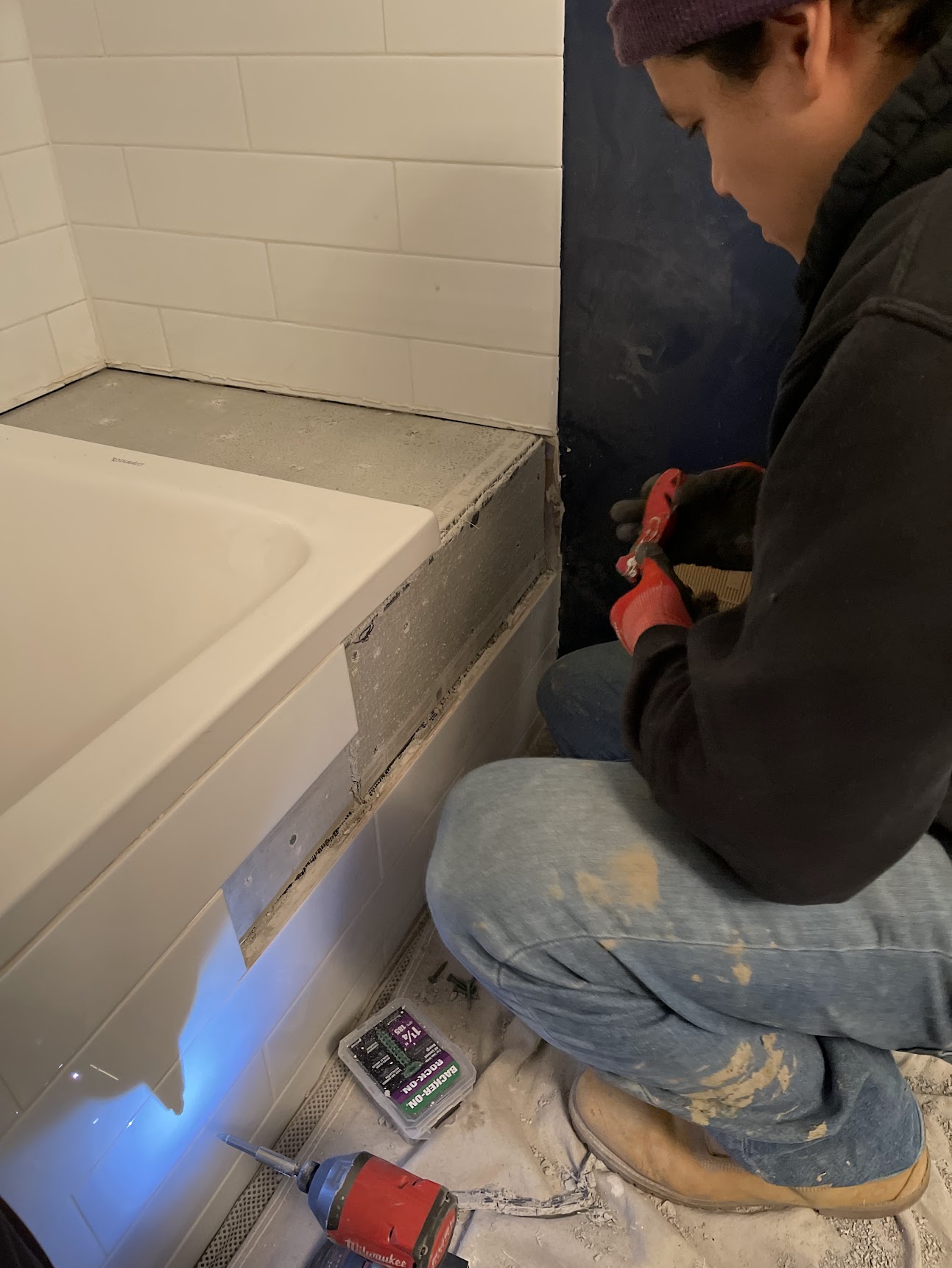
Drywall Repair
-

Tile Grout Repair: Easy DIY Fixes for a Fresh Look
Cracked or missing grout can make even the nicest tile floors and walls look shabby.…
-

How to Remove Drywall Anchors: Quick and Easy Tips for DIY Home Repair
For as much as we all use them, you might think everyone knows how to…
-

Best Coffee Shops in Chicago: Cool Spots for Every Caffeine Lover
As a handyman in Chicago, I’m always moving from job to job, whether in the…
-

4 Best Smart Home Security Systems to Keep Your Home Safe in 2025
Keeping your home safe has never been easier thanks to smart home security systems. These…
-

How to Remodel a Bathroom With a Window in the Shower: Smart Solutions for Waterproofing and Privacy
A window in a shower is a common feature in Chicago bathroom remodeling – waterproofing…





